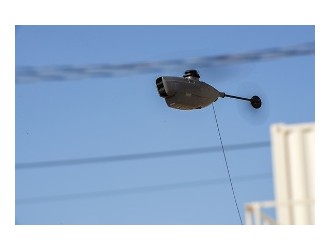August brings lots of things to look forward to—a new school year, Labor Day parties, the start of football season and last-minute summer vacations. But if there’s one thing that can put a damper on the last few weeks of swimsuits and sunscreen, it’s hurricane season.
Hurricane season officially starts in June and lasts until November, but typically, these storms kick into full-gear during the month of August. Hurricanes are formed when warm, moist air rises from the ocean and mixes with cooler air in the atmosphere, causing water vapor to condense and form storm clouds. Since ocean water tends to be the warmest at the end of the summer, these August conditions can, quite literally, create the perfect storm.
AirlineA business that provides scheduled or chartered air transport of passengers and/or cargo....Continue Reading | Full Glossarys and air traffic controllers have to redirect flights around thunderstorms year-round, but hurricanes, tropical storms and even tropical depressions pose a much larger challenge. Unlike normal summertime showers, hurricanes are much bigger and take longer to fly around, depending on your destination and the movement of the storm system. Even a category 1 hurricane spans an average distance of 300 miles and can bring sustained winds of up to 95 MPH.
So, how can you best prepare to travel with ease during hurricane season? Here are a few simple steps travelers can take to ensure the smoothest experience possible.
Before the storm, consider rebooking your flight to give yourself a larger window of travel time either before or after the hurricane hits. Many airlines will accommodate flexible travel for passengers affected by severe weather.
Depending on the size and strength of the system, hurricanes can disrupt airport operations, even after the storm moves through, so patience is key. Airports might be shut down for repairs, local crewmembers may have evacuated and planes may have been moved to other airports to avoid any damage to equipment. There are a lot of moving parts to reopening an airport, but you can rest assured that the airlines, airports and everyone else involved are doing everything in their power to resume safe, normal operations as quickly as possible.
Although airlines try to avoid weather delays, there are times it’s simply not safe to fly, and the safety of passengers, crewmembers and airport staff is always the most important factor. Luckily, major hurricanes are somewhat rare, are predictable in advance and airports can usually recover from a smaller storm in a matter of hours. If you’re traveling during hurricane season, remember to stay aware of any developing storms and plan accordingly to ensure a worry-free trip, no matter what Mother Nature throws your way.





